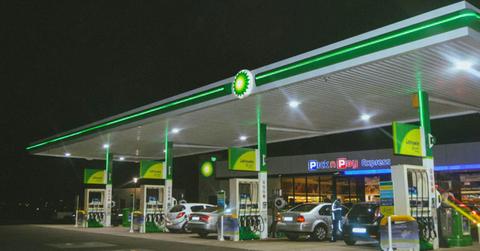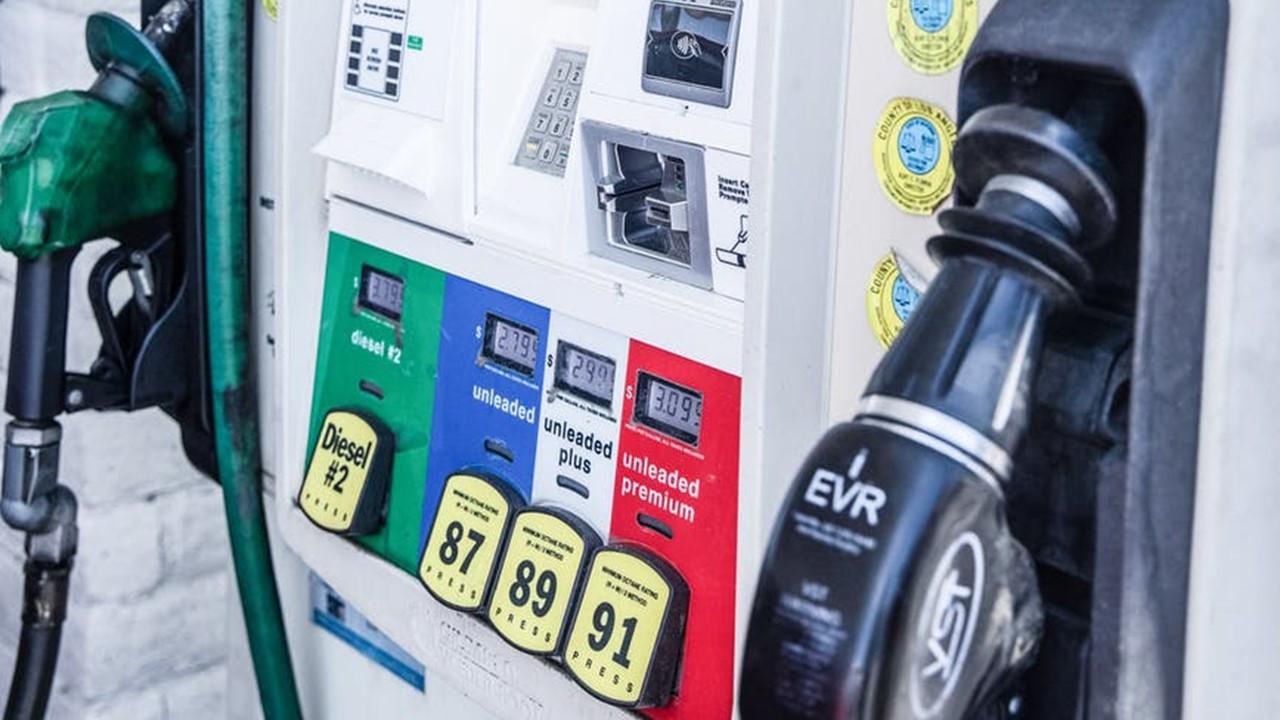Who Really Controls Gas Prices in the U.S.? Hint, Not Politicians
Gas prices are determined by a variety of factors, the largest of them being the price for crude oil. Refining and distribution costs and taxes also play a part.
Sept. 3 2021, Published 12:14 p.m. ET

Gasoline prices are one of the key metrics people like to know in order to gauge the health of the economy and manage their finances. The price of gasoline is often blamed on politicians in power, but in reality, gas is priced based on several factors that have little to do with the government.
While a gasoline shortage can drive up the price of fuel temporarily, like during the Colonial Pipeline hack earlier in 2021, there are multiple factors including the physical market and financial markets that can impacts how much you pay for a gallon of gas in the U.S.
Top factors impacting gas prices
The U.S. Energy Information Administration has published a basic explainer of how the price of gas is determined.

Since 2006, the price difference between varying grades of gasoline has increased. From 1995–2006, the price difference was only about $0.10 per gallon between gasoline grades. In 2020, the difference between mid-grade and regular-grade fuel was about $0.42 per gallon, and premium gas cost about $0.67 more than regular.
The four key factors that impact gas prices in the U.S. are:
the cost of crude oil
refining costs and profits
distribution and marketing costs and profits
taxes
By far, the cost of crude oil has been the largest influencing factor on the price you pay at the pump.
The EIA noted that in 2020, the cost of crude oil accounted for 43 percent of the total cost for gasoline. Federal and state taxes made up 22 percent of the total, refining costs and profits 25 percent, and distribution and marketing 10 percent. The 2020 average retail price per gallon of regular-grade gas was $2.17.
Near the end of August, crude oil prices dropped. AAA spokesperson Jeannette McGee noted that with crude oil at its lowest price per barrel in the past three months, “If this downward trend continues and less expensive prices are sustained, Americans can expect to see relief at the pump in the near future.”
McGee also mentioned that the lower crude oil price can combine with a decrease in fuel demand and growing stock market levels to produce the right conditions for lower gas prices overall.

Average gas prices in the U.S. right now
Whenever you're working on a monthly budget or planning a trip that involves road travel, gas prices come into play.
AAA provides online updates on the current price of a gallon of each grade of gasoline across the U.S. as well as averages for specific regions. As of September 3, 2021, the national average price for a gallon of regular-grade gasoline is $3.184.
The current national averages as reported by AAA for the other types of gasoline are:
Mid-grade gasoline: $3.531
Premium gasoline: $3.803
Diesel: $3.290
E85 gasoline: $2.654
You can also compare these averages to yesterday, one week ago, one month ago, and one year ago. The national average for regular gas a year ago was $2.232, according to AAA.
